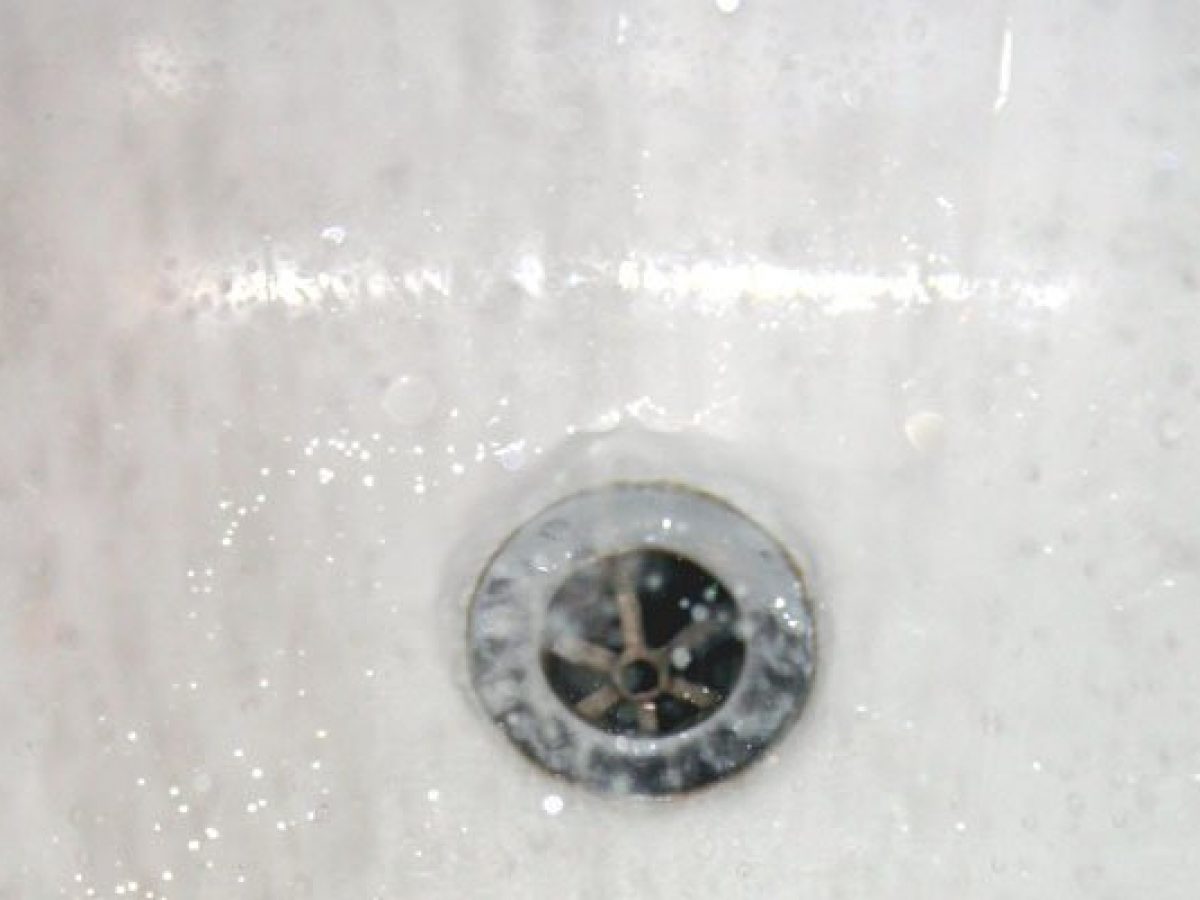Mastering Pipe Winterization: 5 Key Hacks to Use in Frigid Temperatures
Mastering Pipe Winterization: 5 Key Hacks to Use in Frigid Temperatures
Blog Article
We've noticed this article pertaining to Prevent Freezing and Bursting Pipes down the page on the net and felt it made perfect sense to discuss it with you on this page.

All homeowners who live in temperate environments have to do their ideal to winterize their pipes. Failure to do so can mean catastrophe like icy, fractured, or burst pipes.
Activate the Faucets
When the temperature level declines and it seems as if the icy temperature will last, it will help to activate your water both inside as well as outdoors. This will certainly keep the water flowing with your plumbing systems. Furthermore, the movement will certainly reduce the freezing procedure. Notably, there's no requirement to turn it on full blast. You'll end up wasting gallons of water by doing this. Rather, aim for regarding 5 declines per minute.
Open Cabinet Doors Hiding Plumbing
It would be useful to open cabinet doors that are masking your pipelines when it's cool outside. They could be someplace in your kitchen or washroom. This will certainly enable the warm air from your heating system to distribute there. As a result, you protect against these subjected pipelines from freezing. Doing this little trick can keep your pipelines warm and also limit the potentially hazardous results of freezing temperature levels.
Take Some Time to Wrap Exposed Pipeline
One awesome and very easy hack to warm up cold pipelines is to wrap them with warm towels. You can additionally utilize pre-soaked towels in hot water, simply don't forget to use protective gloves to safeguard your hands from the warm.
Try a Hair Clothes Dryer or Warmth Gun
When your pipelines are practically freezing, your dependable hair clothes dryer or warmth gun is a godsend. If the warm towels do not help remove any resolving ice in your pipes, bowling hot air directly right into them might aid. Nonetheless, do not utilize various other objects that create direct flames like an impact lantern. This can result in a bigger disaster that you can not regulate. You might wind up harmful your pipes while attempting to thaw the ice. And over time, you may also wind up melting your residence. So be careful!
When Pipes are Frozen, close Off Water
If you notice that your pipelines are completely frozen or almost nearing that stage, turn off the main water shutoff instantly. You will typically find this in your basement or utility room near the heater or the front wall surface closest to the street. Transform it off immediately to avoid additional damage.
With more water, more ice will pile up, which will ultimately lead to rupture pipelines. If you are unclear about the state of your pipes this winter, it is best to call a professional plumber for an evaluation.
All house owners that live in temperate climates must do their best to winterize their pipelines. Failing to do so can mean catastrophe like frozen, fractured, or ruptured pipelines. If the warm towels do not aid remove any resolving ice in your pipes, bowling warm air directly right into them may aid. Transform off the primary water shutoff instantly if you see that your pipelines are totally icy or nearly nearing that phase. With more water, even more ice will certainly pile up, which will eventually lead to break pipelines.
PREVENT YOUR PIPES FROM FREEZING THIS WINTER
A Leading Cause of Property Damage
When the weather is taking a deep nose dive into the cold dreary days, the risk of your pipes freezing and potentially bursting skyrockets. Unfortunately, during these cold dreary months, burst pipes are the most common denominator for property damage. The pipes that are most at the risk are those that are in areas where it is most cold in your home. For instance, pipes located in interior places such as basements, attics, and your garage. Unfortunately, that doesn’t mean that the pipes running through your cabinets or exterior walls can’t freeze. Good news, however, is that you can do things to help prevent pipes from freezing.
How to Prevent Pipes From Freezing
Once the temperature starts to drop during the winter, you should be taking the proper measures needed to ensure that your pipes stay warm and that there is circulation of water through them. Some steps that experts may recommend could go against your better judgement when it comes to saving water and heat. However, it would go without saying that when expenses are compared, damaged pipes could put a bigger dent in your wallet than a water bill.
What Can I Do?
Keep your garage door closed. This is very important, especially if you have water supply lines running through your garage. Open your kitchen and bathroom cabinets to allow warm air to circulate through them. Allow air circulation throughout your home. Keeping the interior doors open will once again allow the warm air to circulate inside your home. Ensure your thermostat is running the same temperature throughout the night and day. If you plan to be away from home during the cold months, set your temperature no lower than 55° F. This should provide enough heat to keep the pipes warm and prevent any remaining water inside the pipes from freezing. For more of a long-term solution, add insulation to attics, basement, and other crawl spaces around your home. By allowing your faucet to drip, it will alleviate pressure in the system. This is important because the pressure that is created between the blockage and the faucet can potentially cause the pipes to burst. Allowing the faucet to drip will prevent the pressure from building up, therefore keeping the pipes from bursting. Seal any cracks, openings, and crawl spaces around your home to prevent cold air from coming inside. This keeps your pipes-not to mention your home-warmer and less susceptible to issues caused by freezing temperatures. For the pipes in your home that are easily accessible, applying electrical tape to them might prevent them from freezing over. This is a quick fix, as you can apply the tape directly to the pipe. There are two options for heating tapes. One turns on and off by itself when it senses heat is needed. The other type of heating tape needs to be applied when heat is needed and removed when not necessary. If you have exposed pipes in your home, you can check this website to take a look at a few options that would be available at a shop near you.

Hopefully you enjoyed our piece on How to Prevent Frozen Pipes. Thank you for finding the time to read our piece. Enjoyed our article? Please share it. Let another person find it. I love reading our article about How to stop pipes from freezing during the winter.
Call Today Report this page